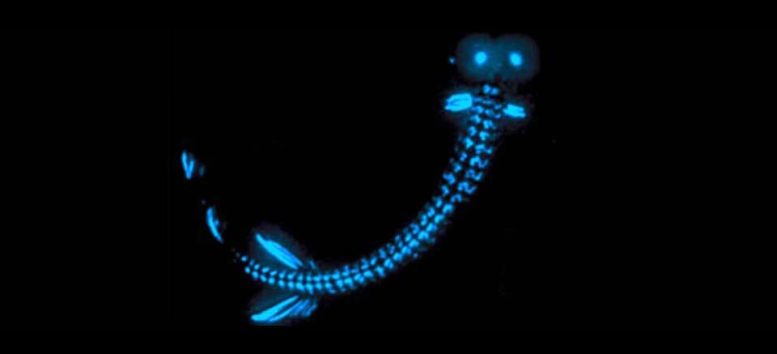
Many deep-sea organisms are able to emit ‘living light’ through a chemical reaction, bringing light to the otherwise total darkness of the deep ocean. Bioluminescent creatures are found throughout marine habitats, from the ocean surface to the deep seafloor. Credit: Image courtesy of Islands in the Sea 2002, NOAA/OER
Bioluminescence is, without a doubt, one of the most spectacular natural phenomena to experience in person. If you’ve ever seen fireflies at night or beautiful neon blue plankton by the beach, you will know just what an incredible sight it is. However, bioluminescence also serves a critical role in the survival of many animals. But just what is bioluminescence, and how do animals use it to their benefit?
The Basics of Bioluminescence
Bioluminescence is the name given to the light that living organisms emit. This light comes from a reaction between two groups of molecules — luciferins and luciferases. While the exact form of these molecules varies from animal to animal, they all work in essentially the same way through the catalyzed oxidation of luciferin by the luciferase enzyme.
The Uses of Bioluminescence in Nature
There is not just one purpose to bioluminescence, and depending on the organism, the benefits can be wildly different. However, there are three broad areas of bioluminescence: defense, attack, and communication.
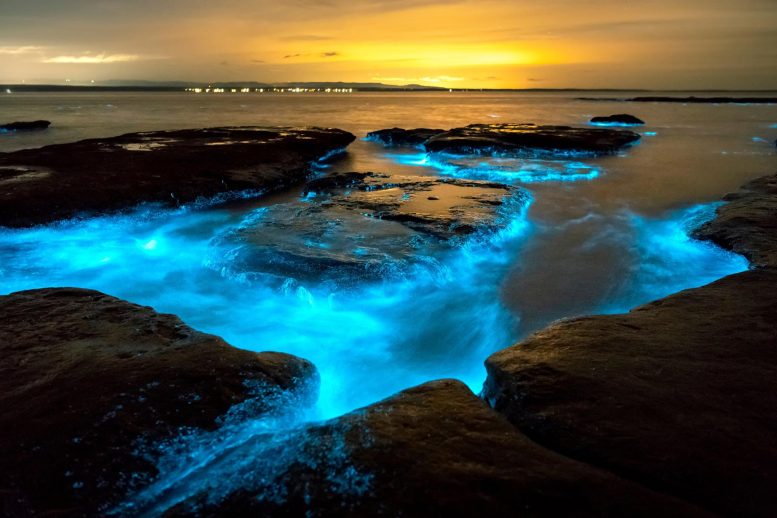
Bioluminescent dinoflagellates are a type of plankton that may use bioluminescence for defense against predators. They shine when they detect a predator, possibly making the predator itself more vulnerable by attracting the attention of its predators.
Defense
There are many ways animals can use bioluminescence as a defensive mechanism. One of the simplest ways is to shock or scare a predator away through sudden bursts of light, a behavior typical to many shrimp species.
Many squids exhibit bioluminescence, both on their body and through a bioluminescent chemical in their ink. The purpose of both of these is to scare and confuse predators. So, when a predator attacks, a squid can squirt a cloud of luminescent ink to distract the predator while swimming away to safety.
Another form of defense is what is known as counter-illumination camouflage. Again, this is common in squids and makes the animal blend into the background. Many sea predators attack from below, so by matching the color of the sea above, the squid can escape detection and swim to safety.
Bioluminescence can also be a warning sign against predators in what is known as aposematism. Both fireflies and millipedes use this form of defense to confuse predators into thinking they are dangerous to attack or poisonous to eat.
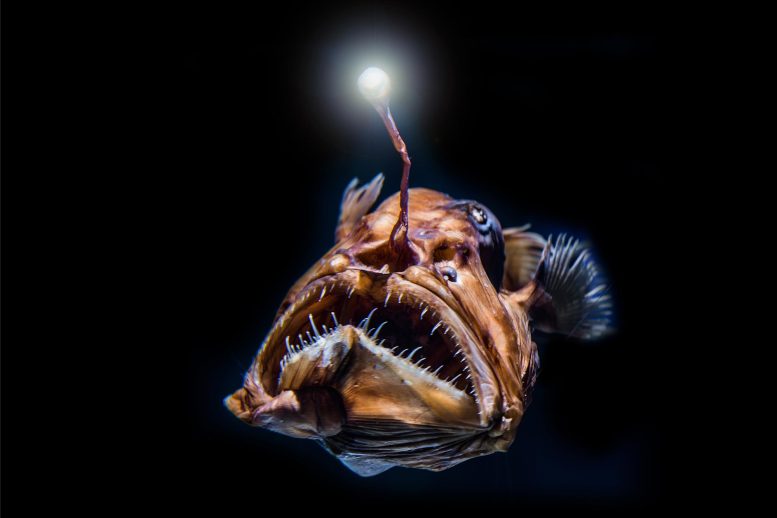
Angler fish use bioluminescence to help attract prey.
Attack
There are two ways predators can use bioluminescence as a form of attack: mimicry and illumination.
The most well-known type of bioluminescent mimicry is from the angler fish. The small lamp, or esca, that dangles in front of the angler fish’s head lures small animals close enough for an attack. Another less common example from the oceans is the cookie-cutter shark, which uses counter illumination to mimic a school of small fish, fooling fish below them into thinking that prey is available. Then, when they get within striking distance, the cookie-cutter shark attacks.
The other less common use is illumination. While most bioluminescence is usually blue, some deep-sea fish have evolved to emit red light. Most fish in the deep oceans cannot see red light as the water filters it out at such great depths. However, some dragonfish utilize red bioluminescence as a spotlight that only they can see. In this way, it can sneak up unnoticed on its potential prey.
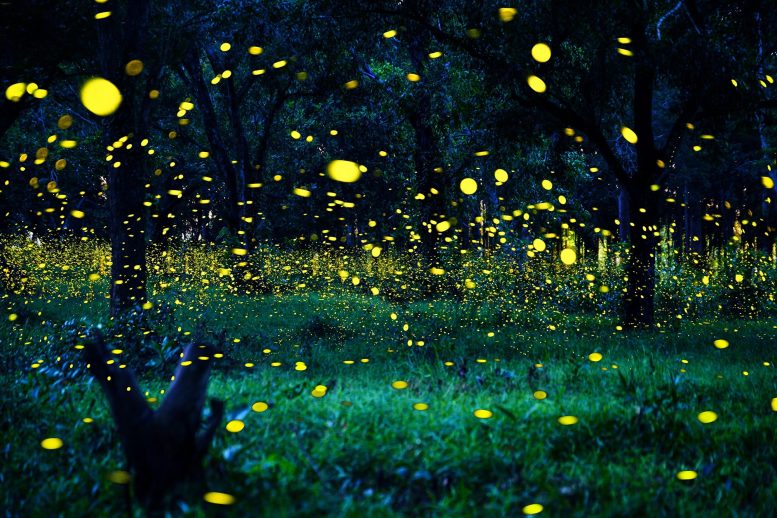
Fireflies use bioluminescence to attract a mate.
Communication
Fireflies attract a mate using bioluminescence. Depending on the species, there are two ways this can happen. In some species, the female emits light, which attracts the male, while in others, the male emits light signals to communicate with the females.
Another form of communication that uses bioluminescence is in pyrosomes. Pyrosomes are not single organisms but colonies of plankton, called zooids, that join together to form one superstructure. Each zooid has a luminescent structure that light can stimulate, allowing each colony to respond to the light produced by other zooids and external light sources.
Bioluminescence is a wonder of the natural world, with many spectacular animals using this technique to keep themselves safe, attract prey, or communicate with one another. It’s incredible to think the chances are we have only touched the surface of what exists in the natural world. So, there could be even more fascinating discoveries still to come.

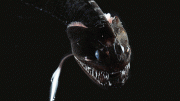







How Bioluminescence could evolved independently by random mutations? Almost imposible. Let’s try another approach, away from dogmas. This is “ad-hoc mutations theory” as explained in my book: “Evolución de las especies por mutaciones ad-hoc”.(sorry Spanish Edition). It will soon be available in English.
It’s called convergent evolution Eduardo. For example Acyl CoA ligases in beetles can be made bioluminescent by few mutations (see Viviani et al.). The luciferin is a bit more of a mystery, but still relatively explainable since it served as an antioxidant prior to becoming visible.